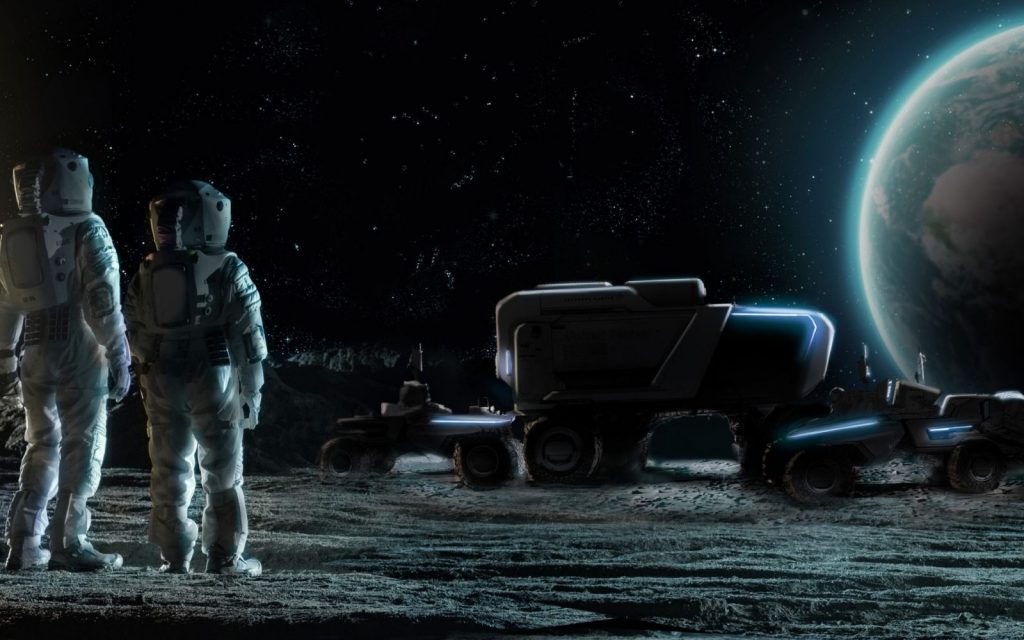NASA has a fairly aggressive timeline for returning humans to the moon with its Artemis lunar missions. The original projection for arrival was set to be 2024, but the space agency has just revised that timeline.
Humans, according to NASA head Bill Nelson, will return to our deserted and dusty satellite sometime in 2025. The reason why will surprise you.
Artemis rises a little later than expected
Actually, the reason won’t be surprising at all. Legal wrangling over the awarding of the Artemis lunar lander contract to SpaceX, which recently ended with Blue Origin’s case being tossed, is the main reason for the delay.
“We’ve lost nearly seven months in litigation and that likely has pushed the first human landing likely to no earlier than 2025,” Nelson said. During the legal action brought by Blue Origin, NASA was forbidden to even discuss plans for the Human Lander System (HLS) with SpaceX. Because lawyers are expensive, yo.
It’s likely that NASA’s delay would have come from another source if Blue Origin hadn’t jammed its branch in the spokes. The original 2024 timeline was, when first announced in 2019, treated with scepticism. Going to another celestial body is hard enough when you’re sending robots. Lifting humans up there and bringing them back in one piece is even more complicated.
There will be at least two Artemis missions flown to the moon before at least two humans set foot on the lunar surface for a bit of a look around. The first will be an unmanned mission designed to test SpaceX’s lunar lander. It’ll have to land uncrewed before lifting off again and returning to orbit in order to be considered a success.
Then, a second mission will send astronauts in an Orion capsule, launched by one of NASA’s Space Launch System (SLS) rockets, around the moon and back to Earth. Once that obstacle is surmounted, humans will be in line to walk on the moon again. Finishing all that up in the next four years seems like a big ask, but NASA seems… pretty confident.
Source: Ars Technica




